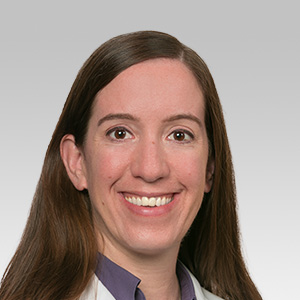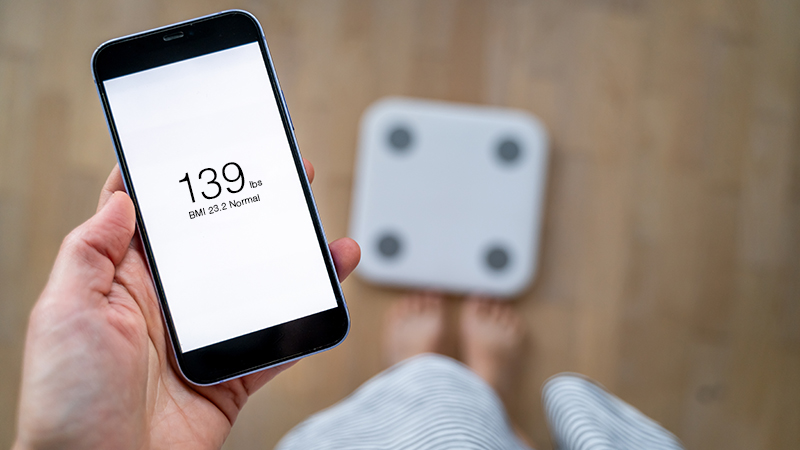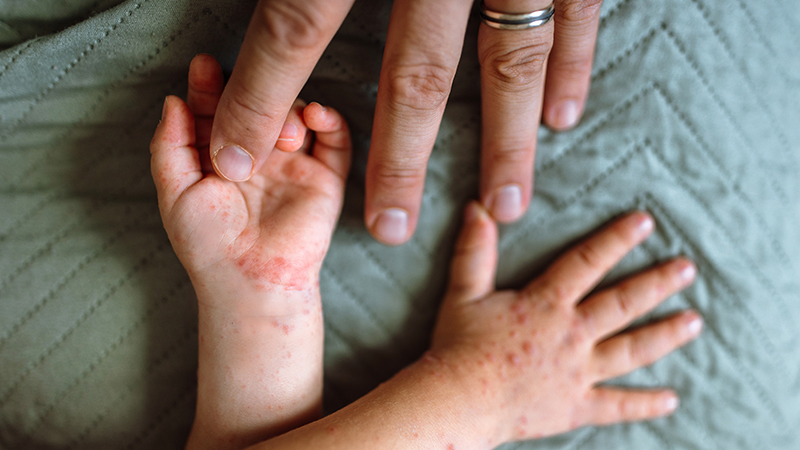ADHD Answers
Updated August 2023
Attention Deficit Hyperactivity Disorder Q&A
You’ve heard it so much, but you may not even know what it stands for: ADHD is attention deficit hyperactivity disorder.
It affects 6.4 million children ages 4 – 17, and 4% of adults in the U.S. ADHD is two times more prevalent in males than females. The average age of ADHD diagnosis is 7. Here are more facts you may not know.
Are there different types of ADHD?
Yes, there are three.
- ADHD inattentive: Distractibility with no hyperactivity. This type was formally known as attention deficit disorder (ADD), but is now considered a subcategory of ADHD. Females are more likely than males to present with this subtype.
- ADHD impulsive/hyperactive: Hyperactive behavior with no inattentiveness.
- ADHD combined inattentive/impulsive: Combination of the above types.
What is the mechanism of ADHD?
“Our current understanding is that the ability to manage impulses and screen out unimportant pieces of information is not as developed for people with ADHD,” says Northwestern Medicine Clinical Psychologist Joy Valko, PsyD. “The prefrontal cortex of the brain houses these functions.”
Interestingly, this is also the last part of the brain that finishes developing ― in your mid-20s. “This may explain why ADHD symptoms are much more severe in children and why some adults are able to grow out of their symptoms,” adds Dr. Valko.
ADHD does not manifest itself in only one setting.— Joy Valko, PsyD
What are symptoms of ADHD?
“ADHD does not manifest itself in only one setting,” says Dr. Valko. “Someone may experience difficulties concentrating at school or work, but someone with ADHD will also experience these same difficulties at home and in social settings.”
Beyond inattentiveness, distractibility and hyperactivity, ADHD can present in the following ways.
In children:
- Difficulty interacting with peers. Children with ADHD may have high energy, and their interests change so frequently that they may have a hard time finding a social group.
- Difficulty settling down to sleep at night and unplugging from screens or other distractions.
- Fidgeting. Children with ADHD tend to move around when it’s not appropriate. This is often more extreme in younger children, who haven’t developed impulse control in general.
- Excessive chatter. Children with ADHD may talk a lot and at inappropriate times.
In adults:
- Difficulty sitting still. “Adults with ADHD may create excuses to get up — using the restroom frequently or getting a tissue — during longer meetings,” says Dr. Valko. “These adults may learn that they need to sit closer to the door, or that long meetings or classes may not work for them.”
- Social unawareness. “Adults with ADHD may lose sight of the other person or themselves in a conversation, rambling on in one-sided conversations,” adds Dr. Valko.
- Inability to function without structure. “About half of my referrals for ADHD testing are adults,” says Dr. Valko. “Their stories are often similar: ‘I was fine in school, but once I finished and had to be the captain of my own ship, I started dropping the ball for the first time in my life.’” In these instances, the person with ADHD will also likely have exhibited symptoms as a child that may not have interfered with getting good grades. If these symptoms only presented themselves after the person turned 12, then they are likely not ADHD.
How do you diagnose ADHD?
Carefully.
“Distractibility, which is one of the most common symptoms of ADHD, also happens to be a common symptom for many other behavioral health diagnoses, such as depression, anxiety and sleep disorders,” says Dr. Valko. “That’s why it’s important to do a thorough screening to make sure the patient indeed has ADHD.”
The right diagnosis is imperative for the proper treatment. Your primary care physician may refer you to a psychologist for testing or a psychiatrist for medication management.
“We start by having the patient and their parents, spouse or teacher fill out forms describing the patient’s behavioral patterns,” says Dr. Valko. “Computer-based tests help give us a direct measure of the patient’s reaction time and accuracy while doing a boring task to measure attention and impulsivity.”
What treatment options are available for ADHD?
ADHD can be treated in a variety of ways including medication, lifestyle changes and cognitive behavioral therapy.
“It seems counterintuitive that ADHD is treated with stimulant medications like Adderall and Ritalin, especially if someone has hyperactive symptoms, but these medications help stimulate the prefrontal cortex,” says Dr. Valko. “They help the brain filter out external stimuli and concentrate.” However, a stimulant can worsen symptoms for someone with an anxiety disorder, which is why proper diagnosis is so important. Many patients can wean off medication as they age.
Lifestyle changes can be powerful. Staying organized, maintaining a routine, and getting adequate sleep and exercise can help adults and children alike manage their symptoms. “
In general, the way that we live, with so many distractions and stimuli, encourages our brains to be impulsive and incapable of focusing on one thing for too long. Someone with ADHD feels this way all the time,” concludes Dr. Valko.
Consult your primary care physician if you suspect you or your child has ADHD.






